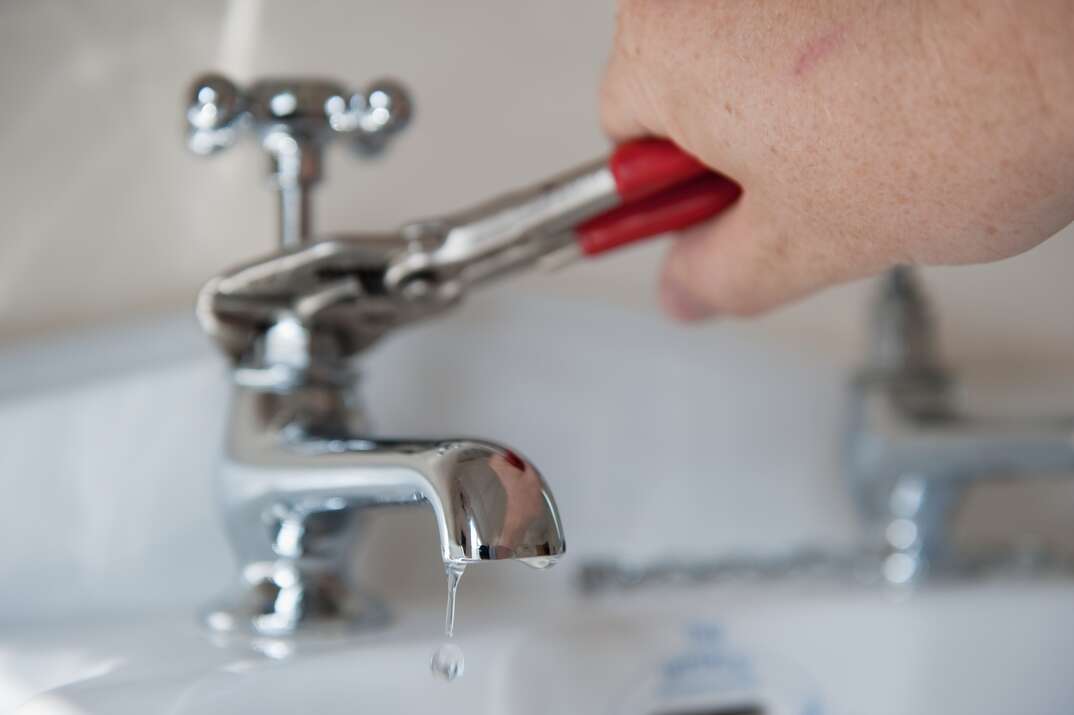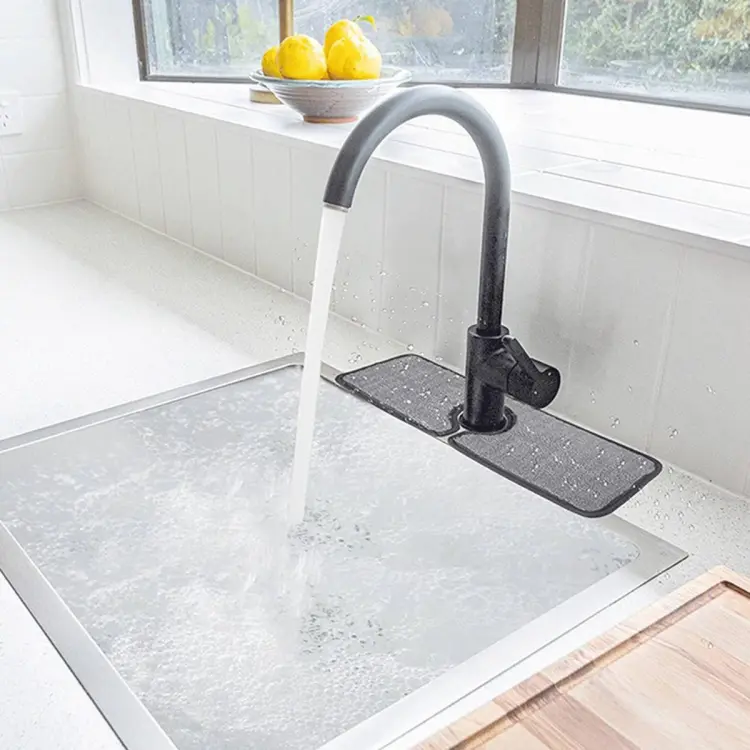Have you been interested in advice on Potential Health Risks Associated With Leaky Faucets?

Introduction
A dripping faucet could appear like a small aggravation, yet its consequences extend much beyond the occasional drip. Understanding the effects of a leaky tap is critical for both home owners and the setting. In this article, we'll discover the numerous effects of this common household concern and why addressing it promptly is essential.
Sources Of Leaky Faucets
Leaking faucets can result from a selection of elements, consisting of deterioration, high water pressure, and deterioration. In time, the consistent use of taps can result in worn-out seals and gaskets, creating leaks to establish. Additionally, extreme water stress can put stress on plumbing components, resulting in leakages. Corrosion and corrosion can additionally damage faucet parts, making them vulnerable to leakage.
Water Waste
Among the most substantial repercussions of a leaky tap is water wastefulness. Also a little drip can amount to gallons of wasted water over time. This not only increases water costs yet additionally contributes to water shortage and ecological deterioration. Dealing with dripping faucets immediately is essential for saving this priceless source and reducing its influence on the planet.
Financial Impact
In addition to wasting water, leaking faucets can likewise have a considerable monetary effect. Enhanced water bills are a straight effect of water waste, costing house owners hundreds of dollars annually. In addition, the price of repairing water damages brought on by leaks can be substantial, especially if left neglected for a prolonged period.
Ecological Effect
The environmental effect of dripping taps extends past water wastage. By preserving water, house owners can contribute to wider efforts to minimize water shortage and secure all-natural environments. Lasting choices such as rainwater harvesting and water-efficient fixtures can even more decrease the ecological impact of house water use.
Technical Solutions
Developments in innovation have brought about the advancement of wise faucets and water-saving devices that assist minimize water wastefulness. Smart faucets use sensing units to discover movement and readjust water flow accordingly, decreasing waste without sacrificing convenience. Water-saving devices such as aerators and low-flow showerheads are likewise efficient in conserving water without jeopardizing performance.
International Point of views
While leaking faucets might seem like a localized problem, they contribute to wider international challenges such as water shortage and environment change. In areas already facing water anxiety, every drop counts, making leakage avoidance and repair necessary. By adopting water-saving practices and investing in sustainable technologies, property owners can play their component in dealing with these pressing worldwide problems.
Regulative Steps
Federal government guidelines play a vital function in reducing the influence of leaky taps and promoting water conservation. From constructing codes that call for water-efficient components to water-saving rewards and refunds, policymakers have a series of devices at their disposal. By carrying out and applying these policies, federal governments can make certain that home owners prioritize water conservation in their day-to-days live.
Neighborhood Effect
Resolving dripping faucets needs cumulative initiatives at the neighborhood level. By elevating awareness concerning the importance of water preservation and providing resources for leakage discovery and repair service, local authorities can equip homeowners to do something about it. Campaigns such as water-saving refund programs and leakage detection campaigns can incentivize behavior change and advertise liable water use.
Instance Researches
Real-life instances of the influence of dripping faucets highlight the relevance of proactive maintenance and prompt fixings. From water damage to increasing water bills, the consequences of ignoring leaks can be severe. By sharing these study, homeowners can much better recognize the value of attending to dripping faucets without delay.
Educational Campaigns
Educational campaigns play a critical duty in elevating understanding about the results of dripping taps and advertising water preservation practices. Via workshops, workshops, and on-line sources, homeowners can learn just how to identify and fix leakages themselves. By encouraging individuals with knowledge and tools, instructional projects can cultivate a society of accountable water usage within areas.
Health and wellness Issues
Leaky taps can produce conducive settings for mold and mold growth, presenting health threats to residents. The visibility of mold can aggravate breathing issues and allergic reactions, particularly in prone people. Additionally, water damage resulting from leakages can compromise the structural honesty of buildings and cause pricey repair work.
Do it yourself vs. Specialist Repair
When faced with a dripping faucet, property owners commonly debate whether to attempt repair work themselves or employ an expert plumber. While do it yourself fixings can conserve cash, they might not constantly resolve the underlying problem successfully. Expert plumbing professionals have the proficiency and equipment to diagnose and fix leakages appropriately, making certain long-lasting options and assurance for house owners.
Preventive Measures
Preventing dripping taps needs regular upkeep and positive measures. Straightforward tasks such as changing damaged washers and seals can prevent leakages from developing. In addition, upgrading to high-quality components and reducing water stress can help extend the life-span of faucets and decrease the risk of leaks.
Final thought
Finally, the effects of a leaking tap extend much past the occasional drip. From water waste and raised water bills to health and wellness worries and ecological effect, the effects of overlooking leaks can be substantial. By dealing with dripping faucets without delay and taking on water-saving methods, homeowners can minimize these impacts and add to a much more sustainable future.
Why You Shouldn’t Ignore a Leaky Faucet in Your Home
What Causes a Leaky Faucet?
Various factors can cause a leak, from loose and worn-out parts to corrosion. Your faucet has four essential components from which most plumbing issues will stem: the O-ring, the valve seat, the washer and the gasket.
What Is an O-Ring?
The O-ring is a stem screw that fastens parts of the faucet in place, preventing water from leaking out of the spout. Depending on your faucet type, the stem might have multiple O-rings. Water will drip from the faucet’s handles and base if this part breaks or deteriorates.
What Is a Valve Seat?
The valve seat controls the flow and temperature of the water. Found at the base of the handle, it works as a seal for the faucet’s stem. The valve seat ensures the water is allowed to flow or is blocked as the handles dictate. You’ll know it’s malfunctioning when water leaks from your faucet’s sides.
What Is a Gasket?
The gasket is found between the water inlet and the valve stem. It creates a seal between the faucet and the sink, holding its joints by aerators attached to the stem’s head. Water will trickle out from the base if the gasket isn’t working.
What Is a Washer?
The washer secures the handles and prevents leakage, serving a similar purpose to the O-ring. While the O-ring is ordinarily round and made from an elastic material, such as rubber, the washer is square-shaped and composed of brass, copper and other hard metals. If it malfunctions, corrodes or has been improperly installed, water will leak out of the handles, causing that incessant faucet drip.
Why Is a Leaky Faucet Dangerous?
A leaky faucet left alone for too long can have significant consequences.
Pest Infestations
Since bugs and rodents gravitate towards the scent of water, a leaky faucet will draw pests to your sink. Both are looking for leaks accessible through crawl spaces, which a faucet provides. If you leave water dripping for too long, you run the risk of an infestation.
Rust
If one of the faucet parts has started to corrode, the resulting rust can spread to your pipes and valves with startling speed. The rust might even lead to cracks or other impairments, resulting in more severe plumbing issues.
Your sink could also sustain damage from a leaky faucet. The water in your tap possesses sparse elements of calcium and iron that can stain your sink with repeated and prolonged exposure. Once those elements in the water have been open to the air for some time, your sink will start to rust, creating marks that can be difficult to remove.
https://www.tomsmechanical.com/blog/why-you-shouldnt-ignore-a-leaky-faucet-in-your-home

I'm very occupied with Health Risks Posed by Leaking Faucets and I am assuming you appreciated the new post. Don't hesitate to pause to promote this post if you liked it. We treasure reading our article about How to Fix a Leaky Faucet.